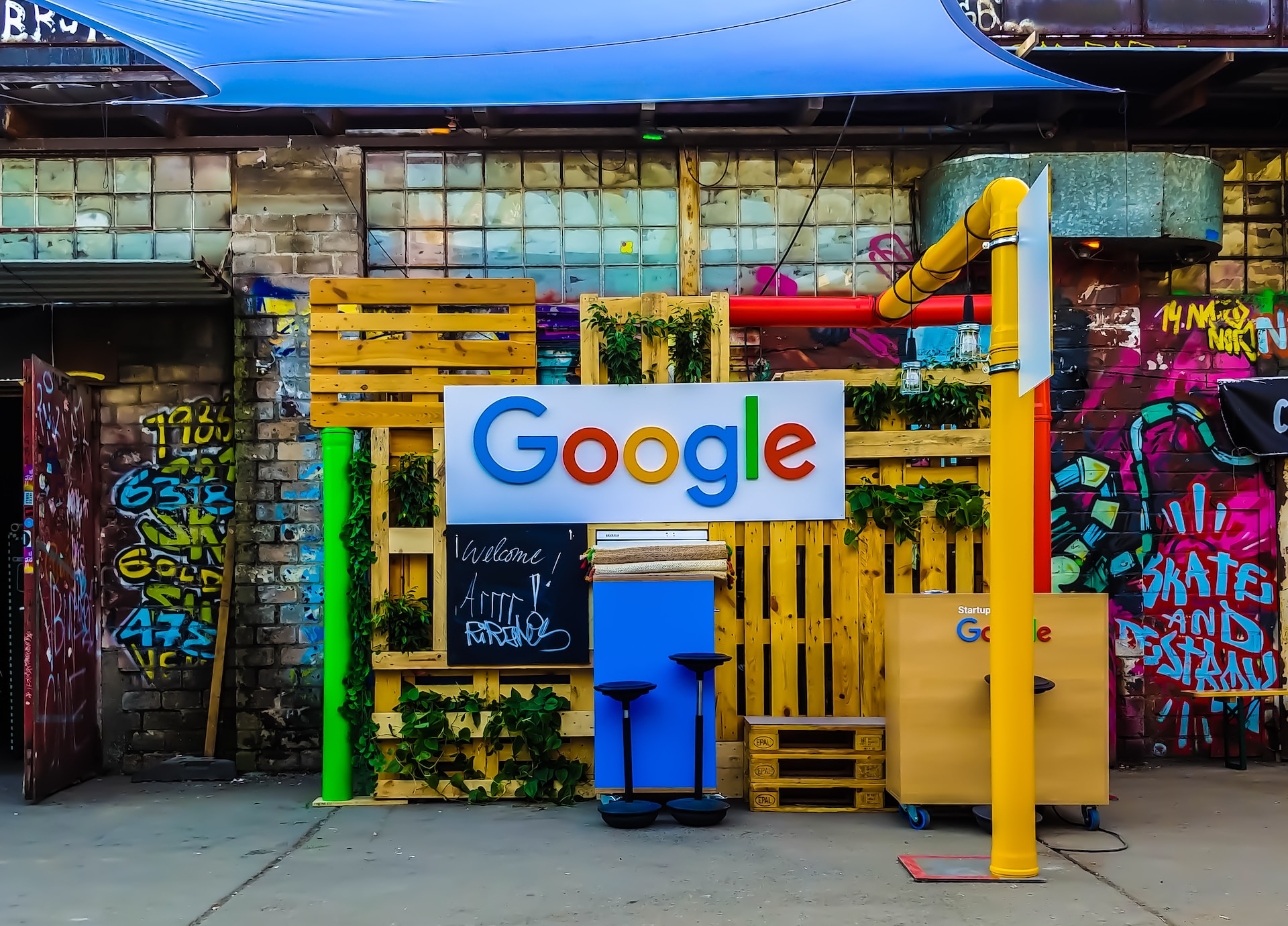In recent years, the beauty industry has witnessed a major shift towards inclusivity and diversity. One of the areas where this trend has become particularly noticeable is in the way beauty brands are starting to embrace gender inclusivity.
Traditionally, beauty products have been marketed towards a binary idea of gender, with separate product lines for men and women. However, this approach is becoming increasingly outdated and limiting, as more and more consumers are identifying outside of the gender binary.
To meet the growing demand for gender-inclusive beauty products, many brands are now creating gender-neutral formulations and packaging. These products are designed to be used by anyone, regardless of their gender identity.
This shift towards gender inclusivity is not just limited to the product offerings of beauty brands. Many companies are also rethinking their marketing and advertising strategies to be more inclusive and representative of all genders.
For instance, beauty campaigns are featuring more diverse models with a range of gender identities, breaking free from the narrow beauty standards that have been traditionally promoted in the industry.
This trend towards gender inclusivity in the beauty industry has been widely welcomed by consumers, particularly those who identify as non-binary or transgender. By creating products and marketing that acknowledges and celebrates diverse gender identities, brands are becoming more welcoming and inclusive to all.
However, there is still much work to be done to ensure that gender-inclusive beauty becomes the norm rather than an exception. More education and awareness is needed to ensure that everyone understands the importance of creating products and marketing that are inclusive of all genders.
Overall, the rise of gender-inclusive beauty marks an important step towards a more inclusive and diverse beauty industry. As more and more consumers demand products that cater to a wider range of identities, the industry will need to continue to adapt and evolve to meet these needs.










